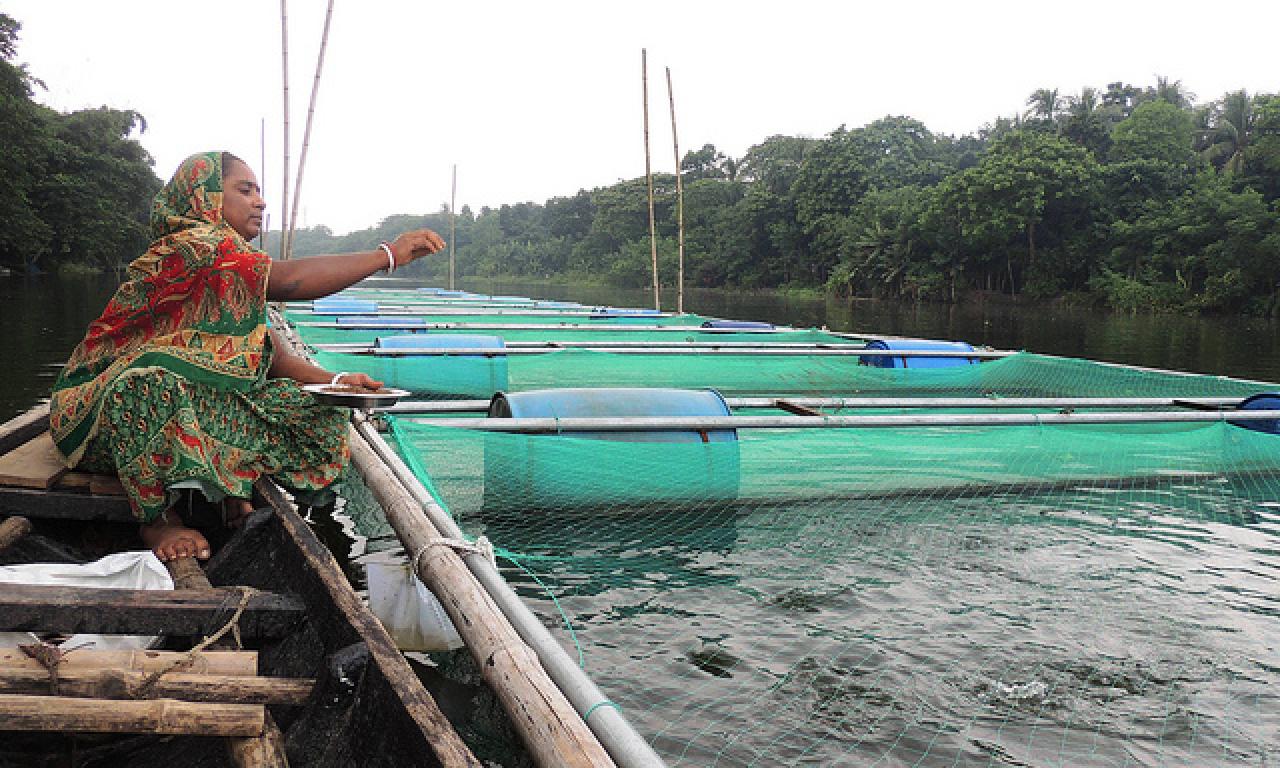
Mike Velings, founder and managing partner of Aquaspark, guest blogs about social-impact investing in small-scale aquaculture. In August 2010, I attended a lecture by Stephen Hall on aquaculture in Chicago. To say the least, I expected the room of environmentalists to be uninspired given aquaculture’s subpar reputation.
Recommended publications
- WorldFish incubator: Investing in sustainable aquaculture through SMEs
- Smallholder aquaculture: sustaining the impact of private investment
Mike Velings, founder and managing partner of Aquaspark, guest blogs about social-impact investing in small-scale aquaculture.
In August 2010, I attended a lecture by Stephen Hall on aquaculture in Chicago. To say the least, I expected the room of environmentalists to be uninspired given aquaculture’s subpar reputation.
Yet, the opposite happened. Everyone at the table conceded that in order to help turn the tide on the egregious overfishing of our ocean, aquaculture – done sustainably – would be absolutely vital. It is also critical for our future food security and food health on which millions around the globe depend.
A few months after this lecture, I discussed with Stephen what the industry was missing. He suggested there were few dedicated investor bodies; what was needed was smart capital.
I was intrigued. How could this be the case? Aquaculture is a massive growing industry with much more to gain. Yet for many reasons, investments weren’t happening.
For one, traditional venture capital models have not fit aquaculture farming to date. The usual ‘exit model’ does not work well with the time it takes to build a good fish farm. Second, the investor community has very little knowledge of aquaculture. Investing in even one farm requires a lot of capital. In combination with the risk of disease, most small investors consider it incredibly risky. And the bigger players look for rapid scalability – something that is not yet feasible, though innovation offers great potential.
Does that mean it’s a bad sector in which to invest? Not at all. Thus far, this industry has been able to rely largely on self-financing, so there is ample capacity to grow the industry and do good business.
We simply concluded that a different approach is needed, based on a model that has worked well in other sectors. This is an evergreen fund, or long-term investments, that targets dividends and build real partnerships to create sustainable value.
Using precisely this model, we started Aqua-Spark.
We believe that to be a successful investor, we need to build an ecosystem of companies that benefit from one another. This means creating partnerships that bring more than just money to bear, but also intellectual capital, knowledge, market access and branding.
Armed with a remarkable group of experts and leaders, Aqua-Spark is seeking to invest in and help guide the aquaculture industry. And we will do this by selecting and highlighting the best companies globally that are improving fish farming practices, innovating aquaculture and developing a sustainable path for this critical industry.